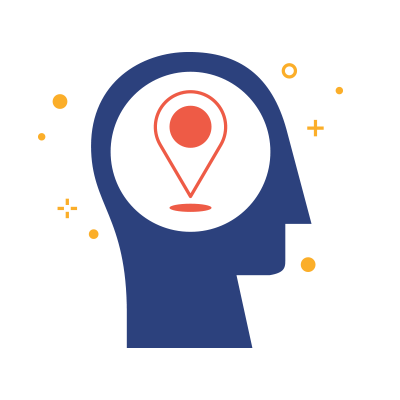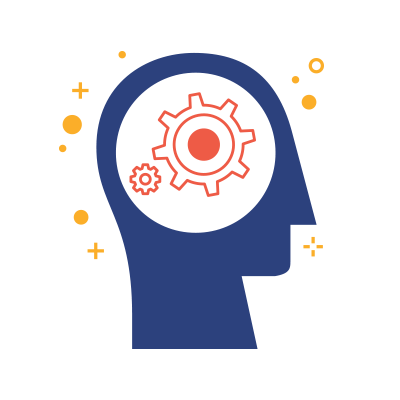Over the past 30 years, the medical community's definition of what “Health” is has grown from one of physical health to a much more expansive and holistic concept. As such, the approach to healthcare has expanded as well, from a characterization focused exclusively on diagnosing and treating medical conditions, to one with a much broader scope. This scope includes preventative care and wellness, whereby, wellness can include multiple dimensions including: physical, mental, spiritual, emotional, social, and financial.
At InHouse Physicians, we recognize this definition of wellness, however, we believe wellness can be more accurately summed up in one sentence – the conscious, self-directed and evolving process of achieving one’s full potential in life. Reaching your full potential can be measured, not only by achieving peak performance, but also through obtaining personal fulfillment.
To achieve this new definition of “wellness,” it is important to understand the neuroscience of human performance, because, reaching your full potential starts in the brain.
Over the past decade, the neuroscience of optimal human performance has been widely researched with state of the art tools leading to multiple discoveries. Scientists have found that all humans are innately designed to do their best. However, optimal performance is dependent on your state of mind. The state of mind most closely correlated with optimal performance is called the “Flow State” or “Flow” for short.
Flow can be thought of as "being in the zone."
It is when your brain is supercharged, your productivity is off the charts with seemingly little effort, and you are experiencing a heightened sense of well being. The good news is that this state of being has a specific neurobiological footprint in the brain that can be measured and even more importantly, this footprint can be reproduced on demand with certain specific interventions.
When in Flow, you not only have a heightened sense of well being and improved productivity, but you also have a greater capacity for learning, stronger ability for interconnectivity and collaboration with others, and a significant boost in creativity - all the things that are not only important for personal fulfillment, but also important to corporations.
Corporations continue to invest in the “well-being” and development of their employees. Neuroscience interventions designed to achieve optimal performance have become the key to satisfying an ever-evolving workforce. This new workforce expects their employers to provide a culture focused on a growth mindset, a holistic set of wellness offerings, and tools to achieve greater performance in the workplace. And those organizations that deliver will benefit from higher employee engagement, stronger employee retention, and an improved bottom line.







